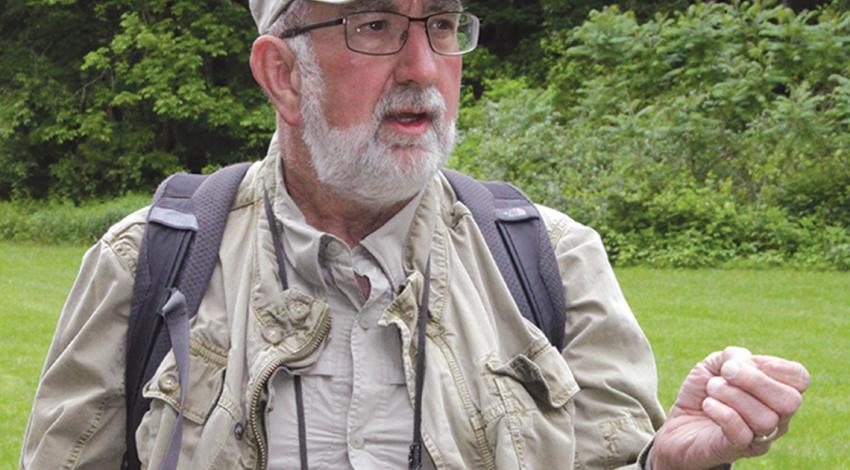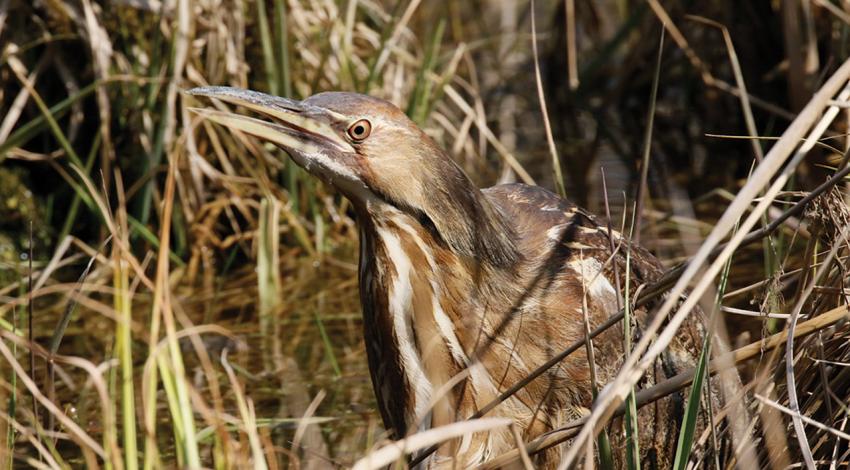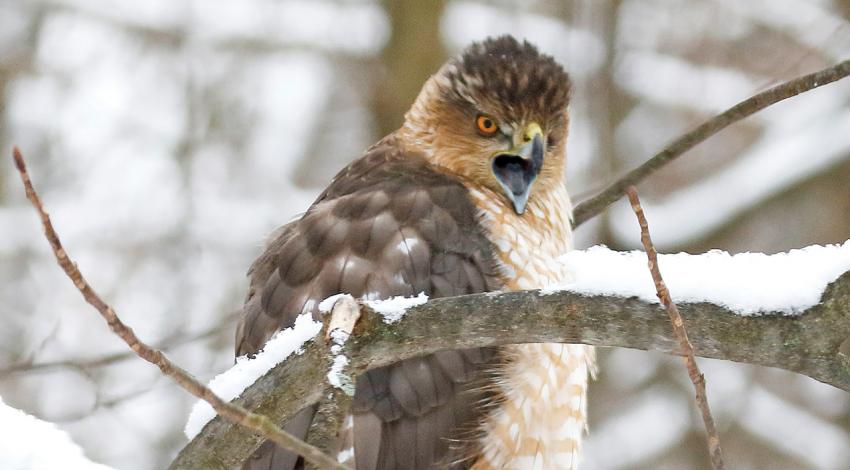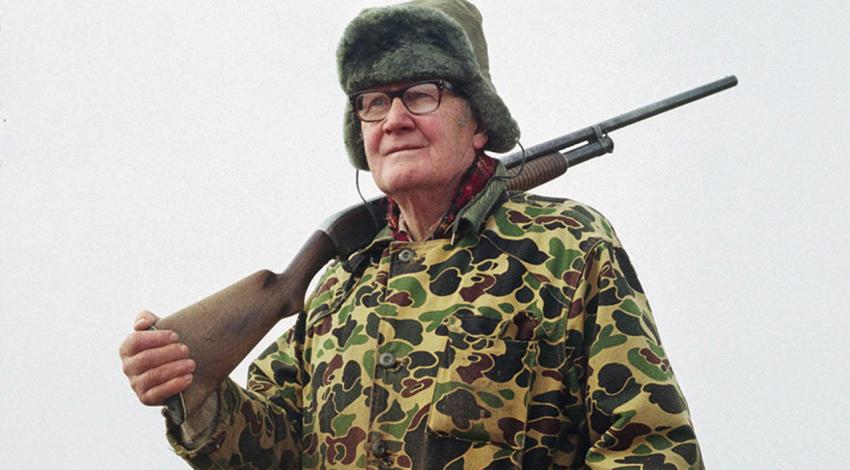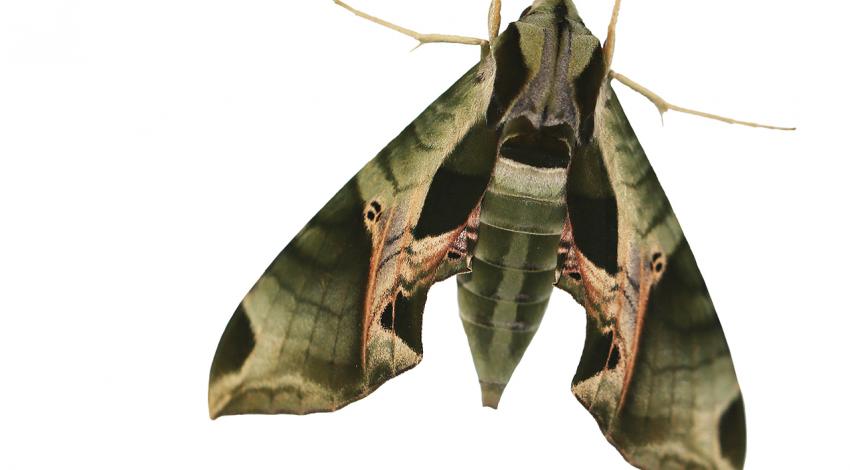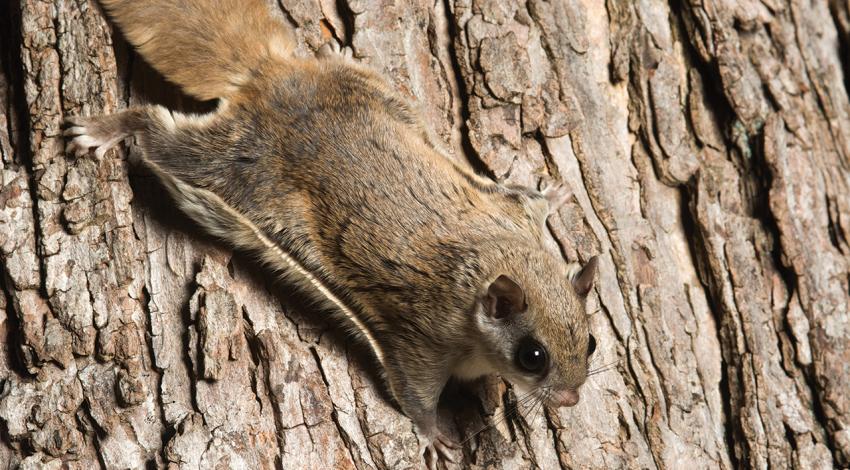Unlike many people, Doug Wynn likes snakes. He likes them so much that he began studying them decades ago, and has since become Ohio’s leading expert on the state-endangered timber rattlesnake.
Wynn has never been bitten, yet is still extremely cautious around the snakes, always handling them with a metal catch-stick. “A rattlesnake can strike the entire length of its body,” he says. “Meaning that a 3-foot snake — which is about the typical length in Ohio — can strike a distance of at least 3 feet. So, if you ever happen across one in the woods, give it a wide berth.”
